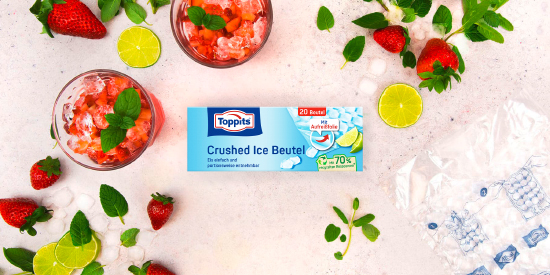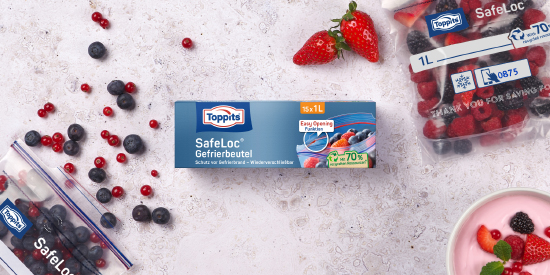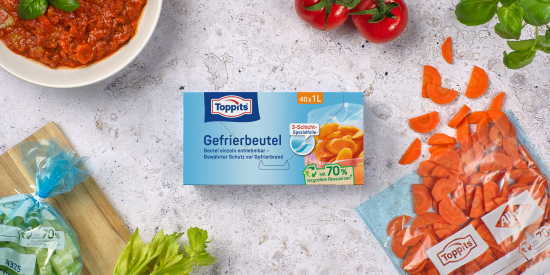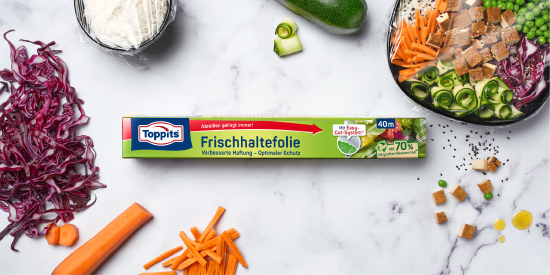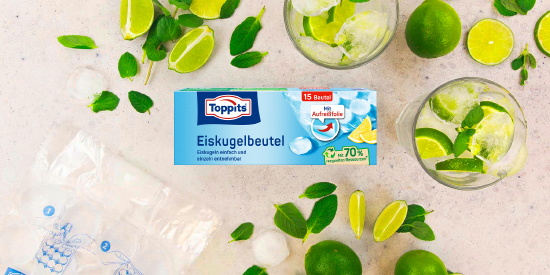Sustainable and resource-saving production
We want to manufacture our products with plastic from renewable or recycled raw materials, i.e. bio-based plastic. This plastic is not produced especially for us, manufacturers produce stocks and we get as much of it as we need. However, the quantities we consume constitute only a very small part of the production capacities of these manufacturers. Furthermore, these are complex and interconnected so-called verbund or integrated production facilities.
Use of biobased plastics for the mass balance
However, if the manufacturers want to supply pure, biobased plastics, they can only produce as much as is ordered. This would either require the construction of completely new plants or the shutdown and cleaning of the plant between the production of bio- and fossil-based plastics. The downtime for such a plant can quickly amount to a whole week or more. At present, biobased plastics are only used in small quantities and both the construction of a new plant and the shutdown of a plant including cleaning would have to be financially allocated to these small quantities. This would also not be particularly sustainable.
Reasons for the mass balance approach
The mass balance approach was therefore introduced to enable the use of biobased plastics without soaring costs and wasting resources. The mass balance approach is an important milestone on the way to a bio-based circular economy.
Steps in the mass balance approach process

When we want to use bio-based plastics for our products, we order the corresponding quantity from our manufacturer. The manufacturer then buys the required alternative raw materials and uses them for the production of plastics. The trick is that ‘our’ raw material is mixed with the other fossil-based raw material and then used for production. The manufacturer thus produces a plastic that is partly biobased and partly fossil-based. Since everything is produced together in large reactors, the plastic cannot be separated afterwards because the material all appears to be exactly the same.
The mass balance method
Therefore, we cannot tell whether the cling film or the freezer bag we are holding in our hands was made with bio-based or fossil-based plastic. We only know that the corresponding amount of bio-based plastic is used and is being utilised somewhere in the world. Maybe in our products. This process is what is called mass balance.
Promotion of environmentally friendly production processes
We are constantly working to make our products more sustainable and environmentally friendly. We believe that the mass balance approach is currently the only way to do this and is a great opportunity to combine sustainability and the customary quality in our products. We hope that ongoing research and an increase in demand for alternative materials and manufacturing processes will lead to solutions beyond the mass balance approach in the future.
The use of the mass balance approach for Toppits®
Toppits® also takes the mass balance approach and is actively committed to the sustainable use of resources by using residual organic resources in the manufacture of its products. Our goal is to use only recycled or renewable resources in the manufacture of Toppits® products and packaging by 2025, in order to almost completely eliminate fossil sources.
Products manufactured using organic resources
Below we present an overview of which products in the Toppits® range can already be produced using which proportion of organic resources. This is a continuous process, as existing compositions are carefully reviewed and in some cases supply chains and production processes have to be changed in order to gradually convert Toppits® products completely to recycled or renewable resources.

 Deutsch
Deutsch English
English